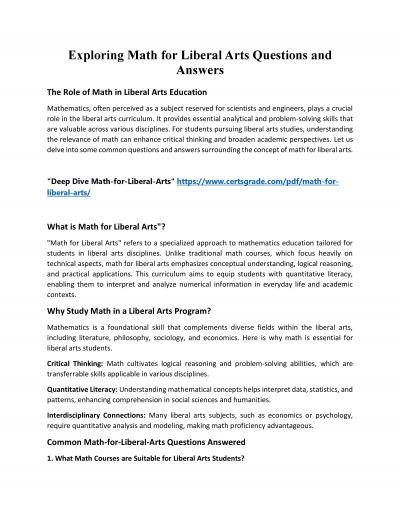PPT-Math biology
Author : olivia-moreira | Published Date : 2016-02-20
What is it Use mathematics to answer biological questions Use biology to pose interesting mathematical questions Mathematics i s biologys next microscope only
Presentation Embed Code
Download Presentation
Download Presentation The PPT/PDF document "Math biology" is the property of its rightful owner. Permission is granted to download and print the materials on this website for personal, non-commercial use only, and to display it on your personal computer provided you do not modify the materials and that you retain all copyright notices contained in the materials. By downloading content from our website, you accept the terms of this agreement.
Math biology: Transcript
Download Rules Of Document
"Math biology"The content belongs to its owner. You may download and print it for personal use, without modification, and keep all copyright notices. By downloading, you agree to these terms.
Related Documents

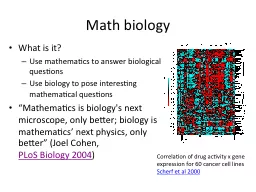
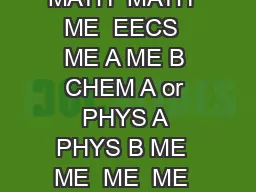
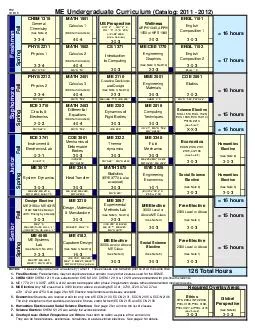
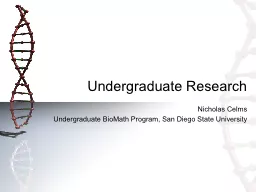
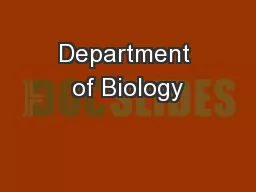
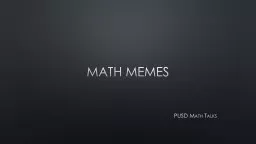
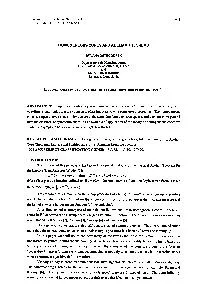
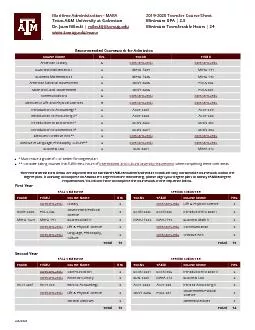
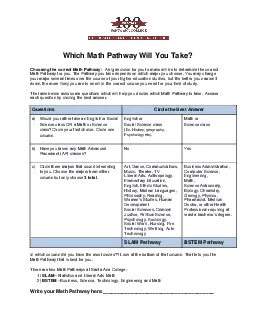

![[READ] CASAS Test Prep Student Book for Math GOALS Form 917 M Level C/D: Preparing Adult](https://thumbs.docslides.com/1003945/read-casas-test-prep-student-book-for-math-goals-form-917-m-level-c-d-preparing-adult-students-for-casas-math-goals-tests-and-for-workforce-entrance-math-exams-casas-math-goals-student-textbook.jpg)
![[DOWNLOAD] Multiplication Times Table Math Workbook for Grade 2-3: Math Workbook Kids](https://thumbs.docslides.com/1008939/download-multiplication-times-table-math-workbook-for-grade-2-3-math-workbook-kids-ages-7-9-homeschool-2nd-3rd-grade-math-summer-math-workbook.jpg)

